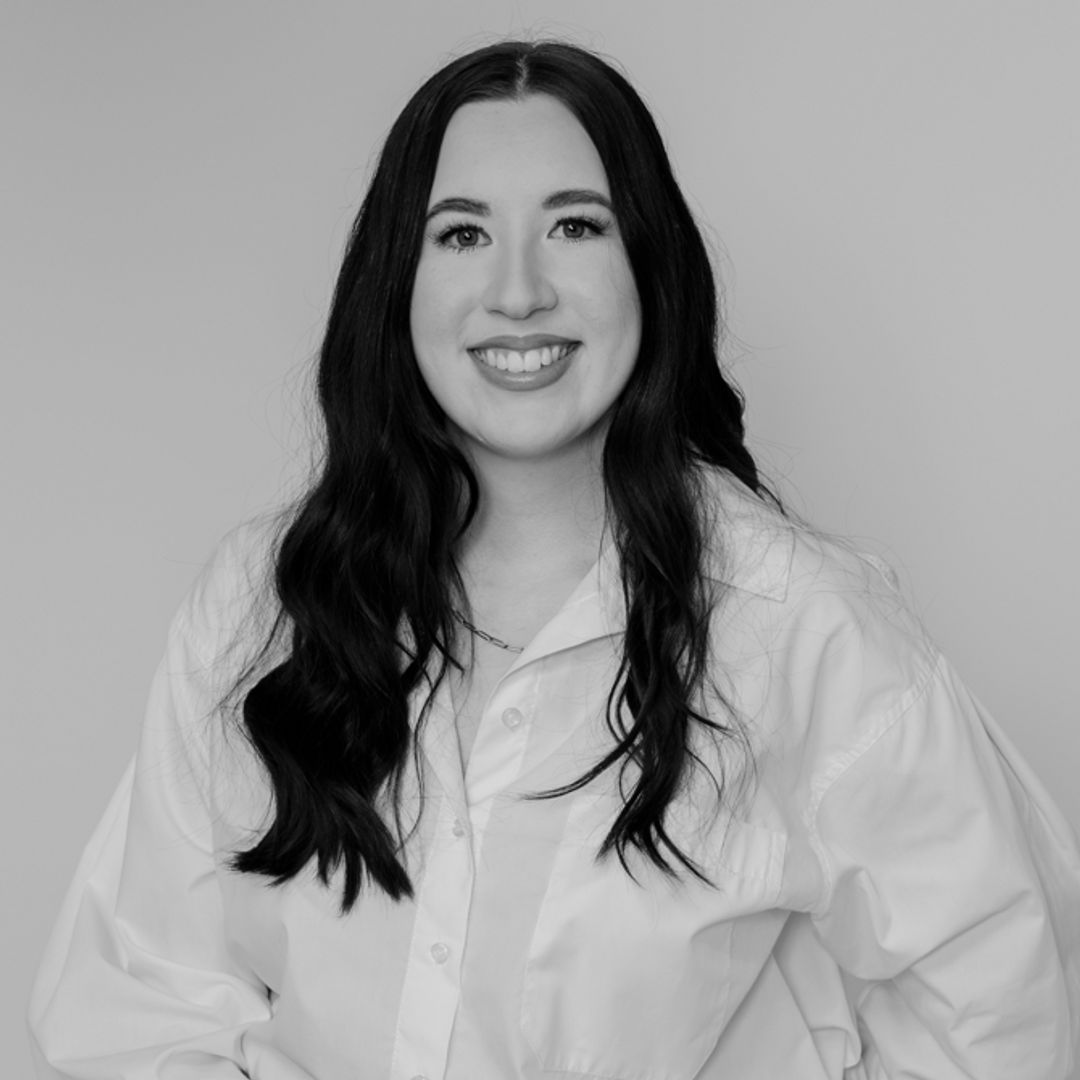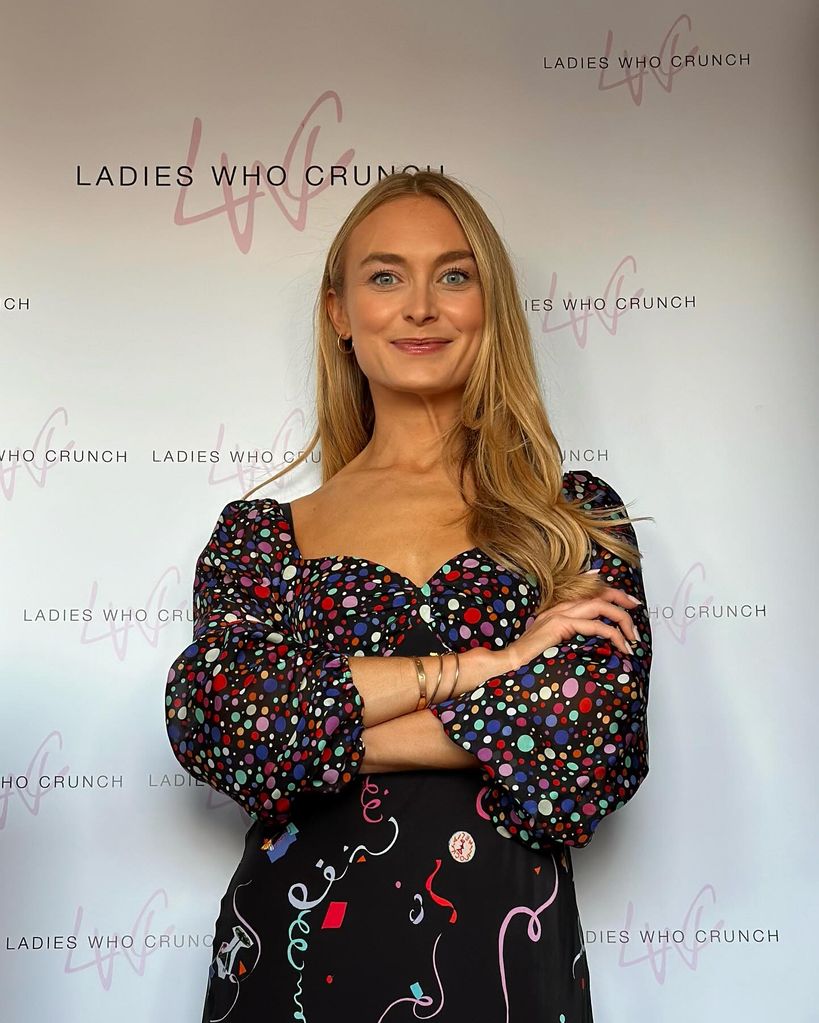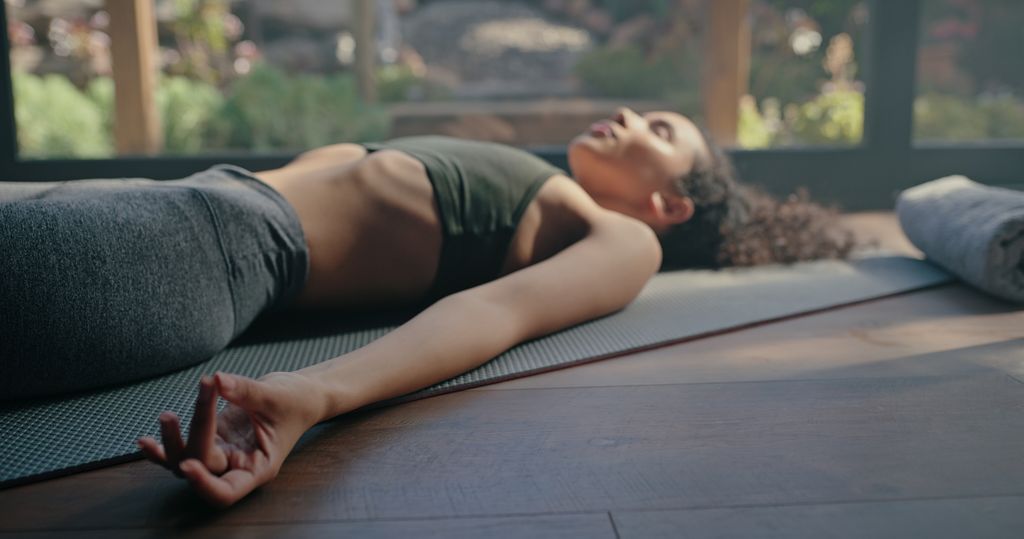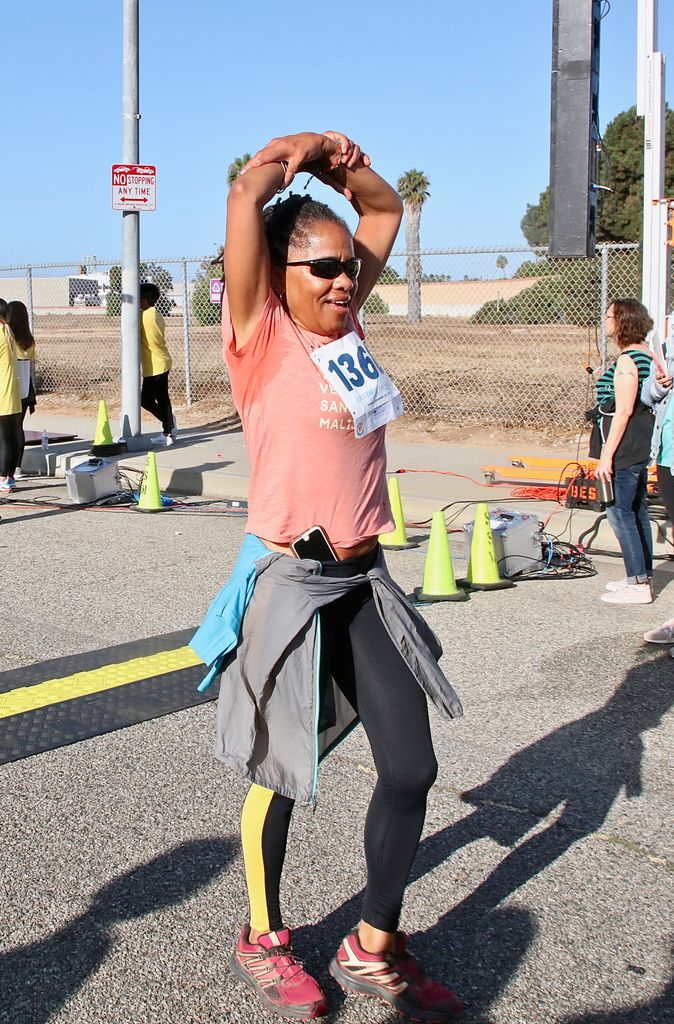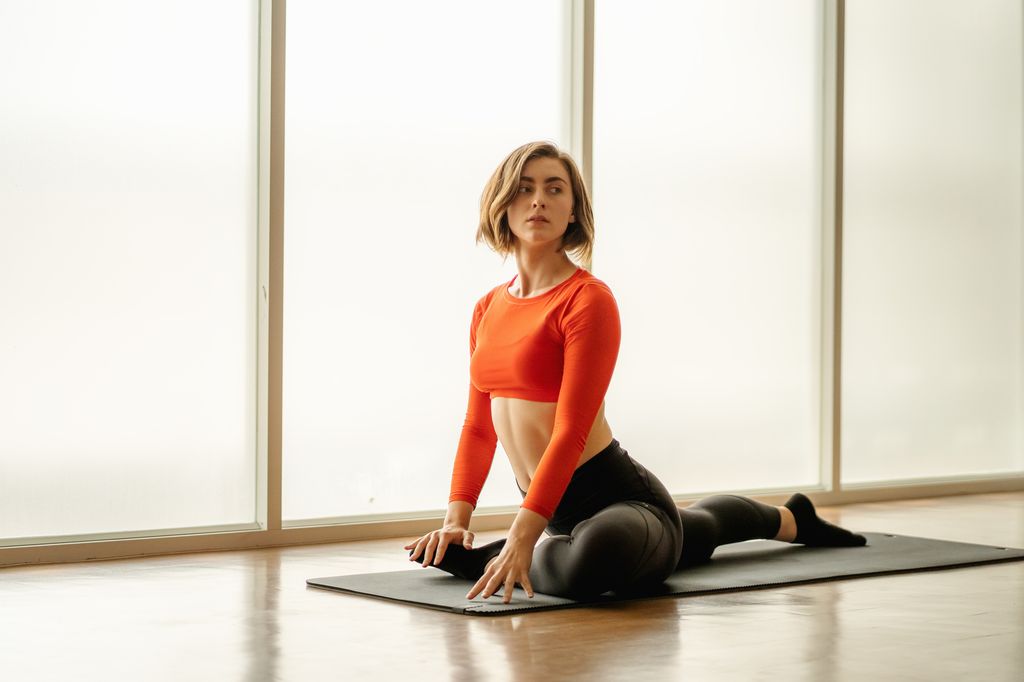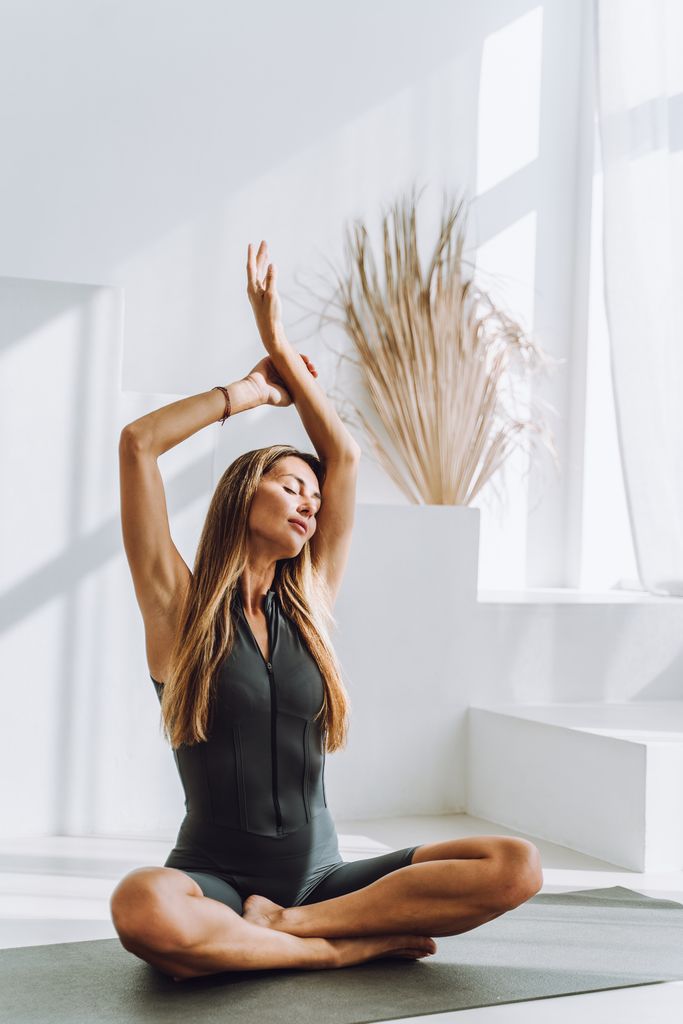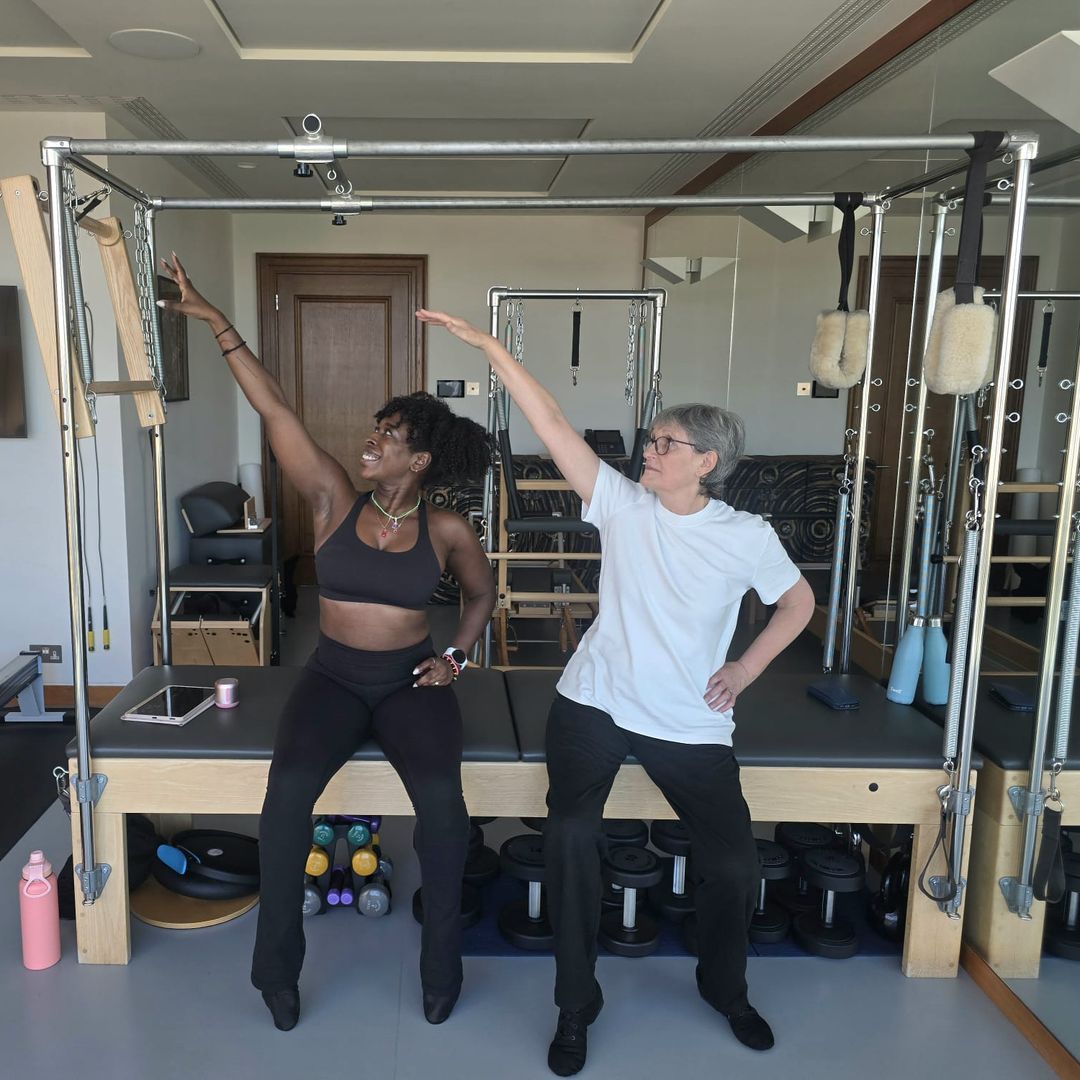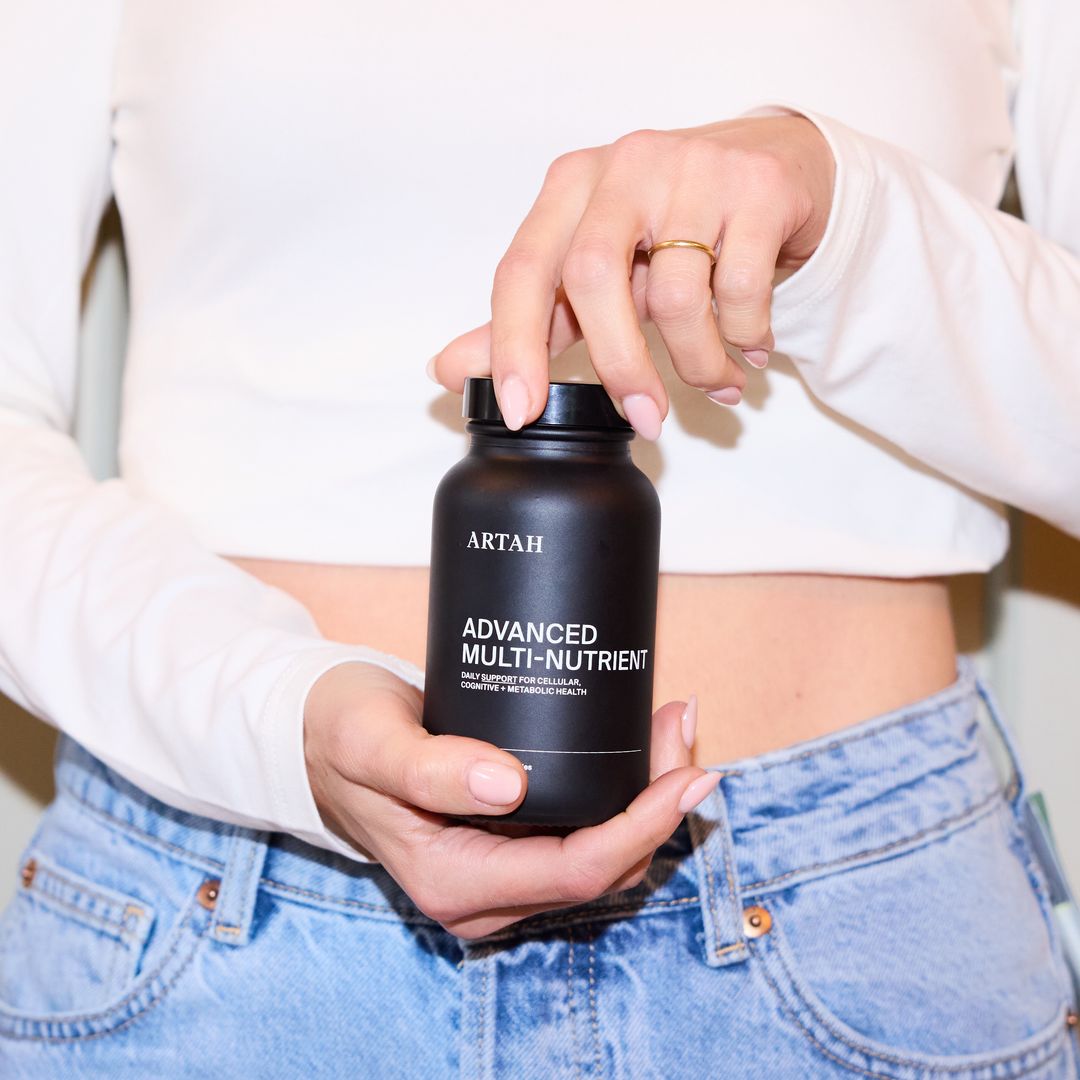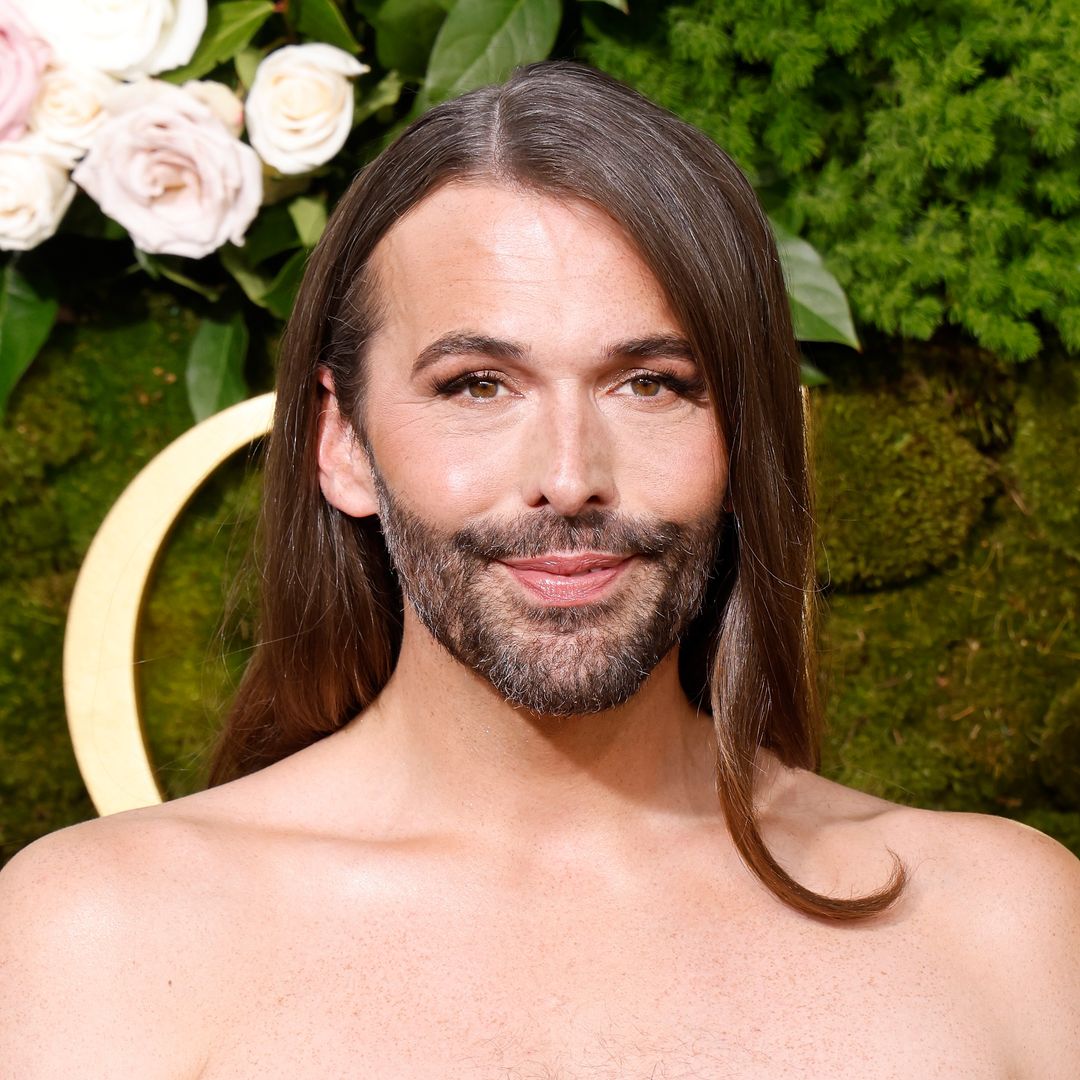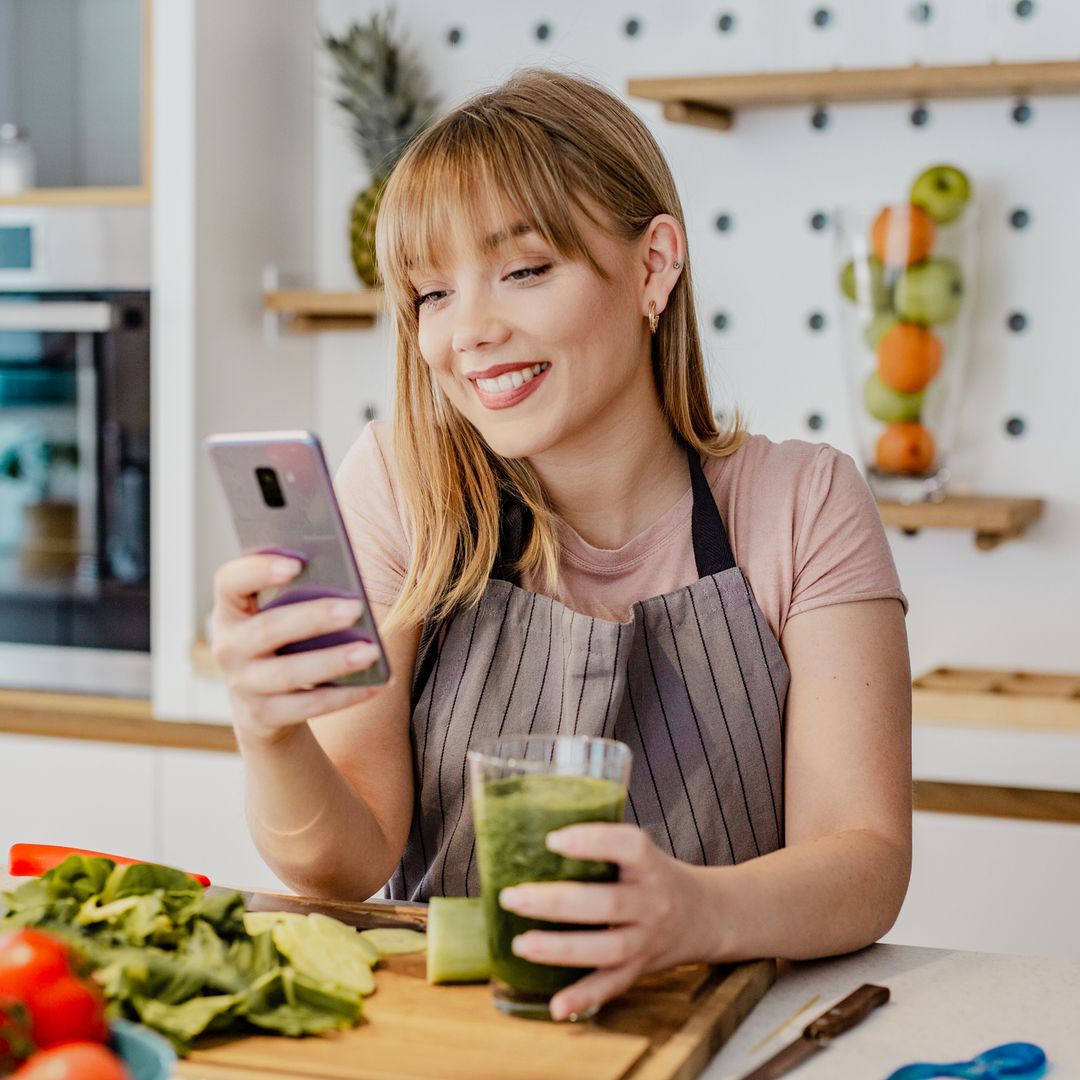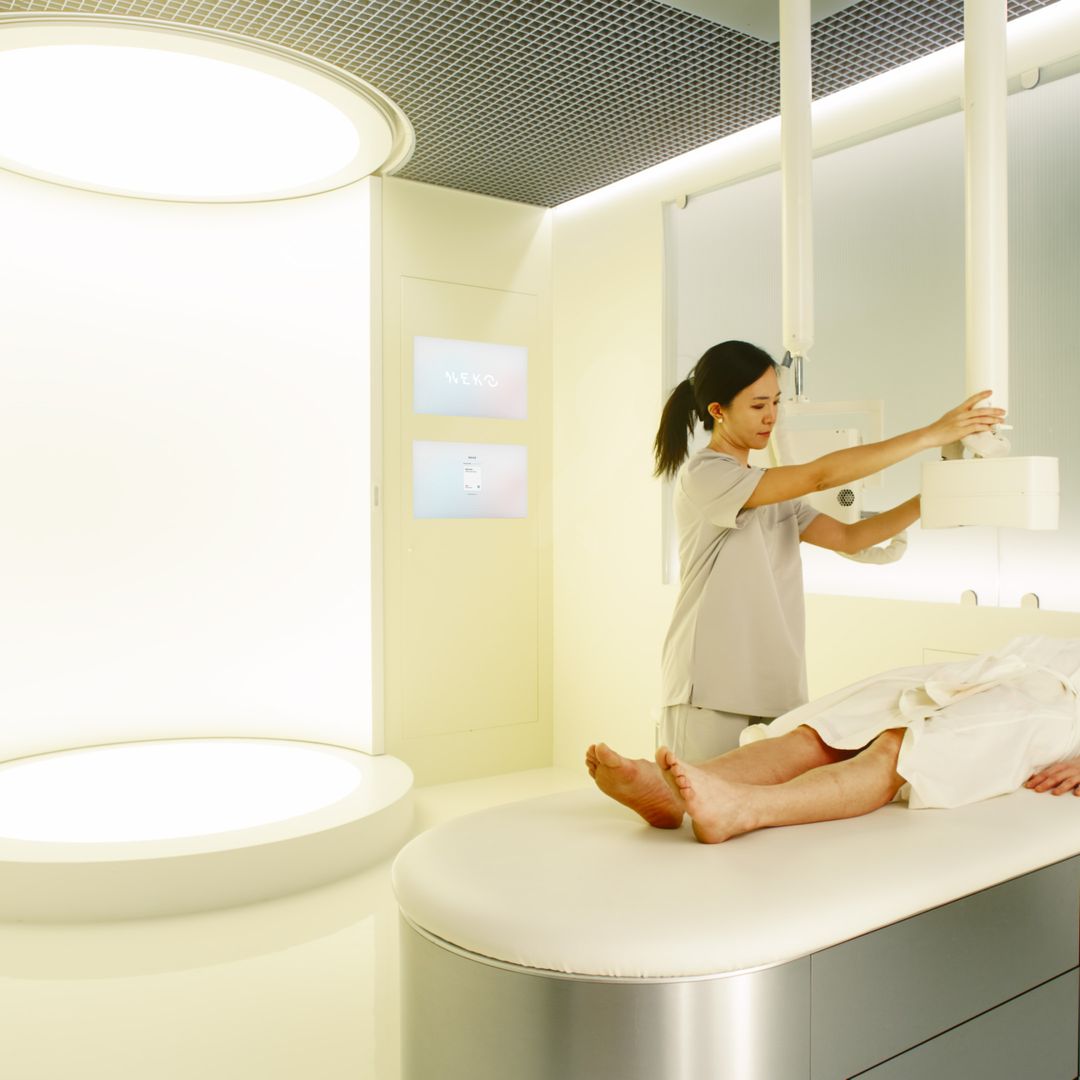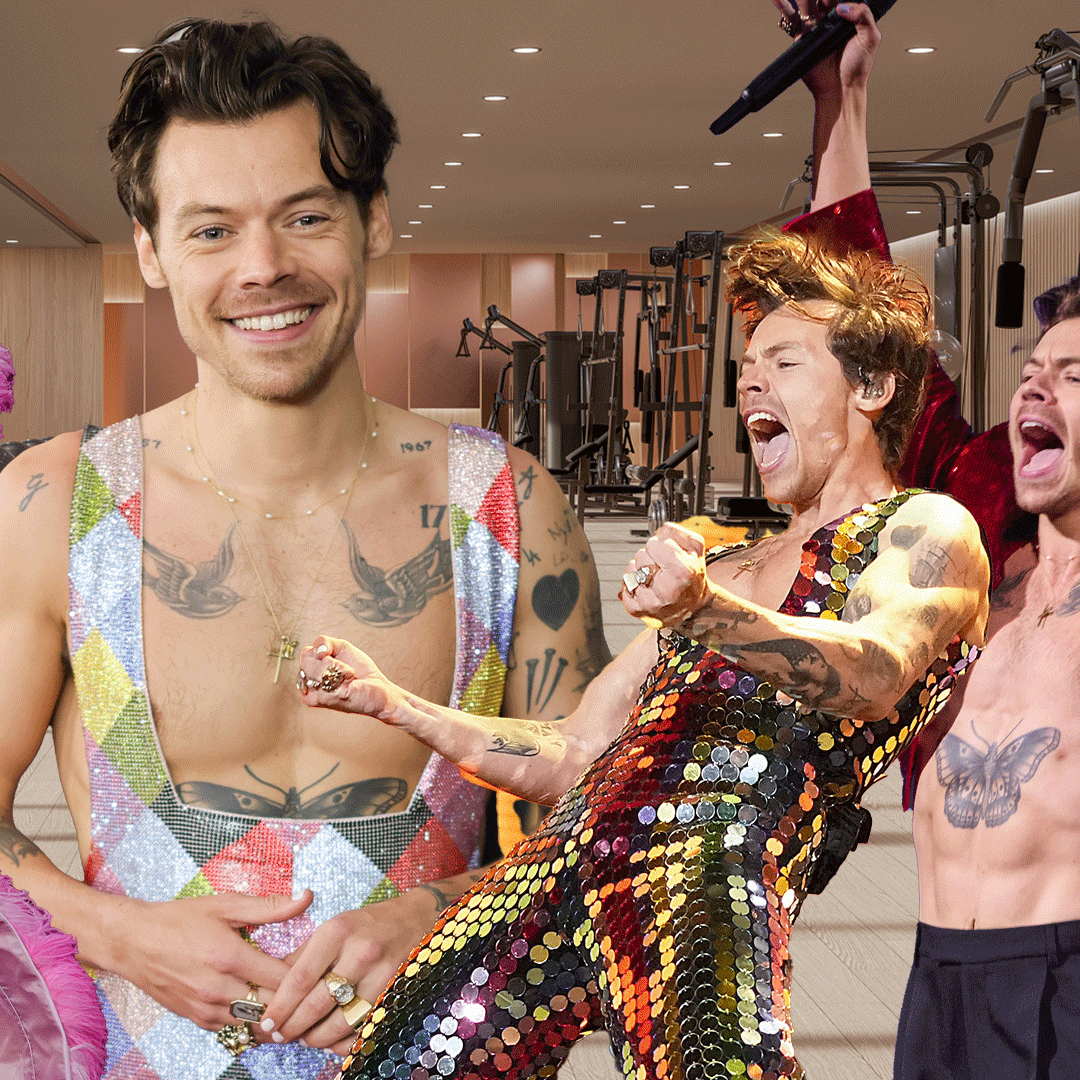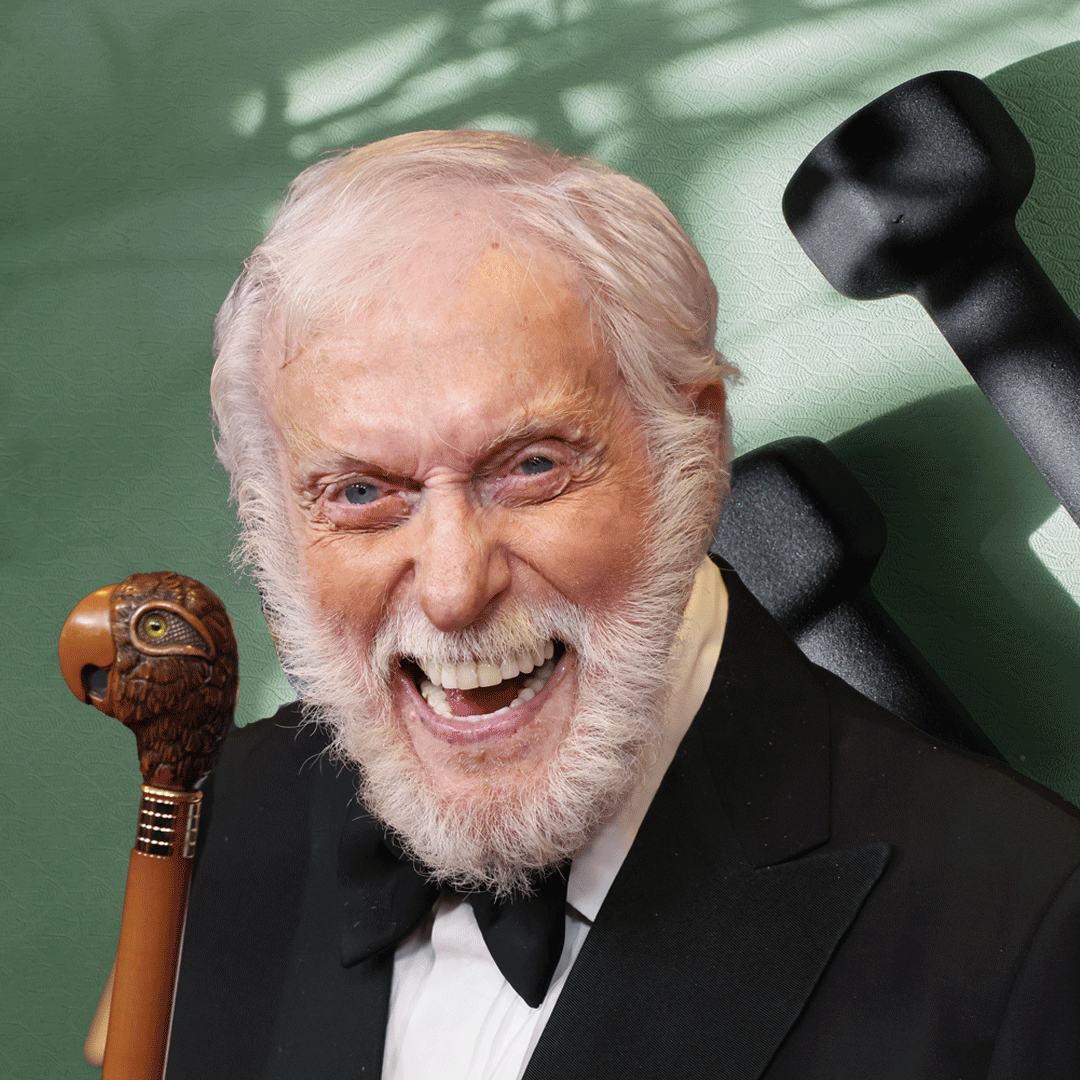Followers of Meghan Markle will know that she likes to keep fit and healthy with the help of a particular kind of workout.
The Duchess of Sussex, 42, is supremely elegant with excellent posture thanks in part to her etiquette training during her time as a UK-based senior royal, but mostly to her obsession with Pilates.
As we unpack the Duchess' go-to workout, HELLO! calls on professional personal trainer and founder of online female fitness community, Ladies Who Crunch, Nancy Best, to help us understand the benefits of the popular training method.
What is Pilates?
Many confuse Pilates with yoga but there are subtle differences. While yoga focuses on spiritual wellbeing and relaxation techniques, Pilates is all about strengthening muscles with repetitive movements that focus on balance, posture, and flexibility.
Practising Pilates goes back all the way to World War I when Joseph Pilates created the exercise to help soldiers balance their body, mind, and spirit. Pilates sessions can be modified to suit all levels, whether you're inspired to start training this week or have been flexing for months.
What got Meghan into Pilates?
Prince Harry's wife's love of Pilates was passed down by her mother Doria Ragland who once was a Pilates instructor. In 2016, the former Suits actress told Best Health Magazine: "Yoga is my thing. My mom is a yoga instructor and I started doing mommy-and-me yoga with her when I was seven. I was very resistant as a kid, but she said, 'Flower, you will find your practice – just give it time.' In college, I started doing it more regularly."
It was reported that Meghan had a yoga studio built in Frogmore Cottage before she moved back to the US where she no doubt continues to practice hot yoga.
What are the benefits?
Nancy Best breaks down the benefits of Meg's go-to exercise. "Pilates is a brilliant form of restorative, low-impact exercise that builds full body strength and stability. With a particular focus on improving the connection to your deep core muscles, which includes your diaphragm, pelvic floor, and transverse abdominis, it’s a great form of pre-and-post natal exercise," she explains.
"Regular Pilates can also improve your postural alignment, as so many of the movements encourage improved spinal health and functional mobility."
What should beginners be aware of when taking up Pilates?
"I recommend that beginners focus on mat Pilates initially, as it’s the best place to master the key movement patterns, before progressing onto more advanced variations on a Reformer machine," Nancy tells us.
"As with any form of exercise, consistency is key, in order to see sustainable results. I encourage members of the Ladies Who Crunch community to try to build short, regular Pilates classes into their routine."
DISCOVER: Meghan Markle's 9 exercise and wellbeing secrets for staying fit and healthy
Nancy also tells us how "research shows that the compound impact of short movement sessions is just as effective as more irregular, longer sessions. When you begin with a commitment of 15 minutes, you can build from there. That initial 15 minutes can build to 20 minutes, then to 30 minutes, and so on. That’s how exercise becomes a staple, not a phase."

